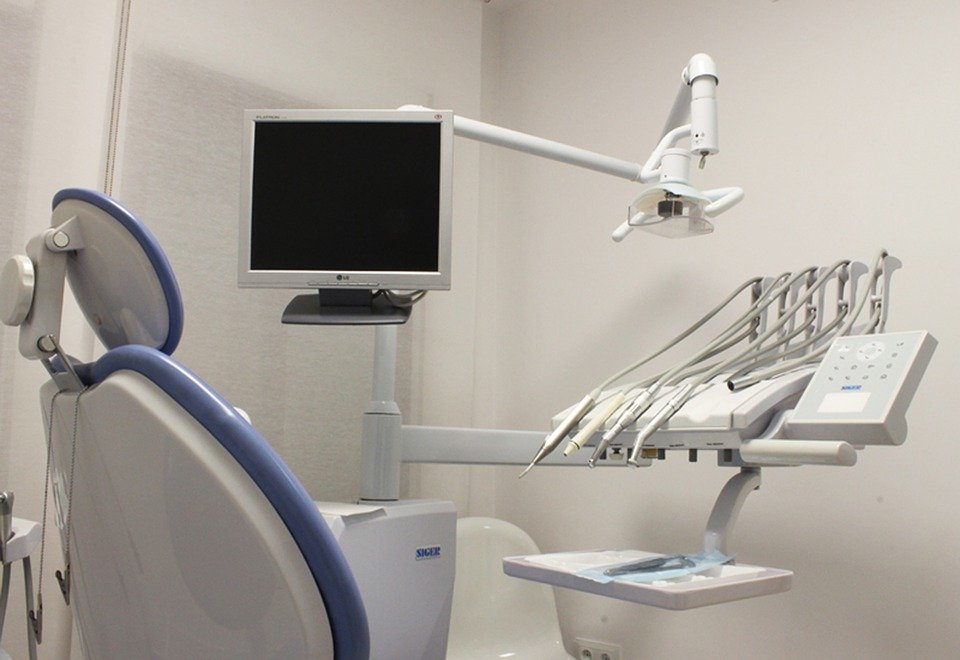
Going to the dentist is a common fear, and there are probably things you would rather be doing. But regular dental visits are still critical to good oral health. With the advent of new technology, like artificial intelligence and virtual reality, the dental industry is changing rapidly.
Investing in Dental Technology
As is the case with other forms of medicine, technology will continue to shape the way dentistry is performed, as well as the way you care for your teeth while at home. It is possible to have smart technology tell you how well you are brushing your teeth each day. You’ll be able to have a prosthetic printed right at the dentist’s office instead of having to wait a few weeks for one to come in. While technology isn't always cheap, there are ways of making it more affordable. Taking out a personal loan can make technology more attainable for more people.
Augmented Reality
Augmented reality might be familiar to you already. It is the same technology that is used by social media apps to place filters over your face. This tool can also be used in dentistry for clinical and educational purposes. One company places AR over a mannequin, allowing students to perform dental procedures. They also get feedback on their skills because the technology can track their movements in real time. They can quickly identify where they need to improve the process. AR isn’t just for dental students either. It can also be used to help patients understand what an aesthetic or reconstructive procedure would make them look like afterward. AR apps pair with smartphone cameras and overlay a depiction of the result before the procedure takes place. Dentists can then change configurations of the teeth, like shape, spacing, height, and color to make sure it is to the patient's liking.
Telehealth in Dentistry
Many adults don’t like going to the dentist, but it can be even harder for elderly people, children, or those with special needs. Those living in more rural parts of the country may have to drive a long distance to get to any distance. The good news is that telehealth has grown to encompass dentistry, making it available to a wider variety of individuals. Some providers offer tele dentistry platforms that allow patients to send information, take images, and videoconference the provider, all from the patient's own home. The provider can speak with the patient and any caregivers remotely. This also helps build a connection with the patient, making them less uncomfortable with the thought of going to the office if it is needed. Telehealth took off during the pandemic, and it is continuing to be implemented by more providers.
Smart Toothbrush
Many people already have smart devices in their homes, so why not a smart toothbrush as well? An extension of the impact of these advances in healthcare is that there are now ways to utilize said tech in your everyday life, this is a great example. If you’ve never considered a smart toothbrush before, it could feel strange to have a sensor in your mouth, but it can make overall oral hygiene a lot easier. Smart toothbrushes connect to phone apps that will then tell you how well you are brushing. There are also smart toothbrushes designed for kids, which often feature games that turn toothbrushing into a fun activity. The connected app can tell you if you are brushing in the right places and if you are applying the right amount of pressure. They can also give you information on how to brush correctly.
Of course, if proper brushing technique is something you struggle with, a smart toothbrush won’t always improve on it. You will still need to see a dentist on a regular basis, and they can demonstrate the correct technique. As with any other smart device, you will want to review the privacy agreement to see how your data will be used by these companies. Still, smart toothbrushes can be a fun way to keep up your oral hygiene habits at home between dental visits.
3D Printing
You may already be familiar with how 3D printing is used in the healthcare industry. It became more popular doing the height of the pandemic because it reduced the strain on the supply chain. However, dental labs are also integrating the technology. The traditional way of giving a patient a crown was for the dentist to create a mold and then make a temporary crown. Then the provider had to wait for a lab to create a permanent one. The process could take up to a few weeks. However, 3D printing and CAD design mean that now, a computer can scan the prepared tooth right in the dental office. Then it is sent to a machine to create the crown that day. This process isn’t limited to just crowns. It's also being implemented in for creating orthodontic appliances and other dental equipment.